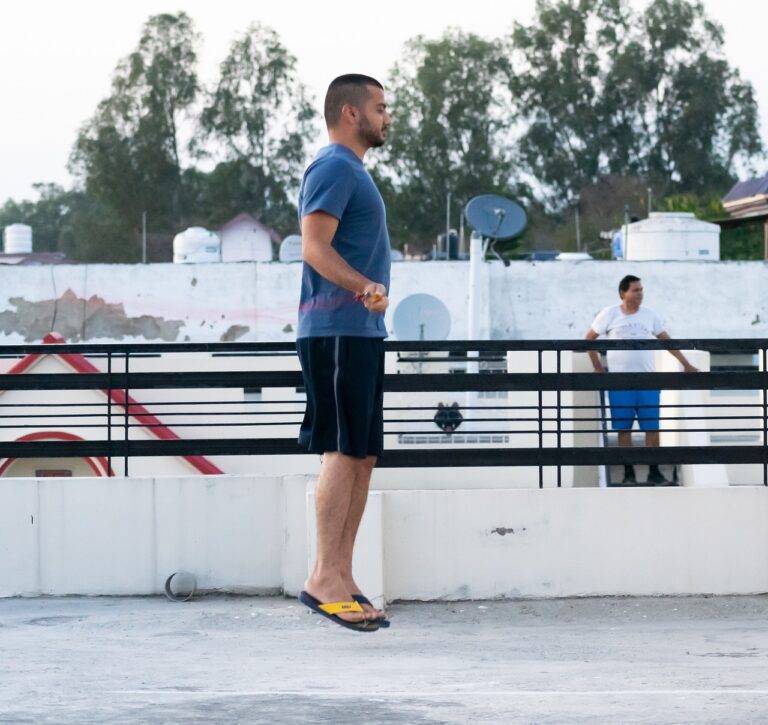The Role of IPL in Treating Lichen Sclerosus: Play99exch, Sky247, Allpaanel ID
Play99exch, Sky247, Allpaanel ID: Lichen sclerosus is a chronic skin condition that mainly affects the genital and anal areas. It is characterized by white, patchy skin that appears thinner than usual. Although the exact cause of lichen sclerosus is not fully understood, it is believed to be related to an overactive immune response and hormonal imbalances.
The condition is more common in women, particularly those who have gone through menopause, but it can also affect men and children. Symptoms of lichen sclerosus may include itching, pain, discomfort during sex or urination, and skin tearing. If left untreated, lichen sclerosus can lead to scarring and complications such as narrowing of the vaginal or urethral opening.
Understanding the Symptoms of Lichen Sclerosus
Lichen sclerosus is a skin condition that commonly affects the genital and anal areas. It can also appear on other parts of the body, such as the breasts, arms, and upper body. One of the hallmark symptoms of lichen sclerosus is the presence of white, shiny, and smooth patches on the skin. These patches may be itchy and can cause discomfort, especially during activities like sitting or sexual intercourse. In severe cases, the skin may become fragile and tear easily, leading to pain and bleeding.
Another common symptom of lichen sclerosus is the thinning of the skin, which can cause the affected areas to become easily traumatized. This thinning can make the skin more prone to tearing, blistering, and developing ulcers. Additionally, individuals with lichen sclerosus may experience changes in skin color, with affected areas appearing lighter or darker than the surrounding skin. Other symptoms may include pain, burning, or discomfort in the affected areas, especially during urination or sexual activity. It’s important to seek medical attention if you suspect you may have lichen sclerosus to receive an accurate diagnosis and appropriate treatment.
Traditional Treatment Options for Lichen Sclerosus
Topical corticosteroids are commonly prescribed as the first-line treatment for lichen sclerosus. These medications help to reduce inflammation and itching, and can also help to improve the appearance of the affected skin. Steroid creams or ointments are typically applied directly to the affected area once or twice daily for a specified period as directed by a healthcare provider.
For individuals who do not respond well to topical corticosteroids, calcineurin inhibitors such as tacrolimus or pimecrolimus may be prescribed. These medications work by suppressing the immune response in the affected area, helping to reduce inflammation and symptoms associated with lichen sclerosus. Calcineurin inhibitors are also applied directly to the affected skin and may be used as an alternative treatment option for those who cannot tolerate or do not respond to corticosteroids.







